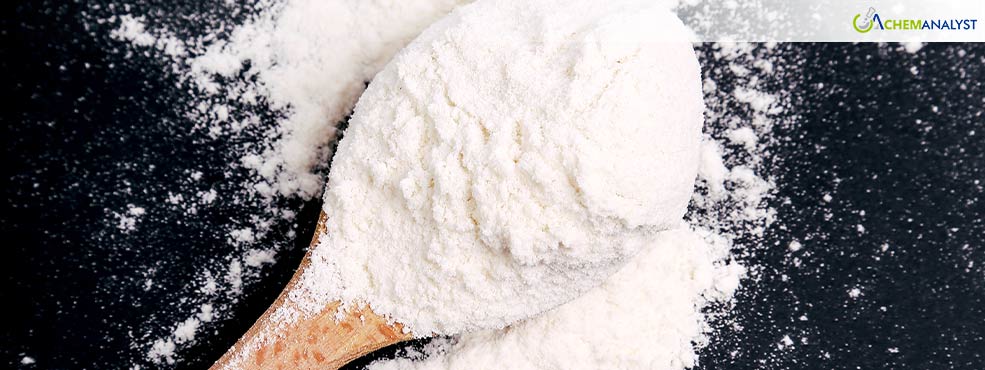Welcome To ChemAnalyst

In September 2024, the global Malic Acid market saw a consistent decline in prices throughout the month, driven by several interconnected factors. In the first week of September, Malic Acid prices fell significantly due to oversupply conditions. Manufacturers cleared excess inventories accumulated during peak production periods, and weaker downstream demand added to the downward pressure. This price drop was further influenced by typical seasonal trends, as well as reduced purchases from industries shifting budget allocations. Additionally, the monsoon season forced suppliers to offer discounts to avoid inventory damage, while the global nature of Malic Acid trade spread these effects across major importing countries.
Raw material costs, specifically Maleic Anhydride, also contributed to the Malic Acid price decrease. With lower demand for raw materials like n-butane and China transitioning from a coal- and crude oil-based economy to a gas-centric model, the price of Maleic Anhydride softened. As a result, Malic Acid manufacturers faced downward pressure on pricing. This trend persisted into the second week of September, as an oversupply of Malic Acid continued, leading producers to adopt aggressive pricing strategies to remain competitive.
In the U.S. market, sluggish demand further compounded the Malic Acid pricing challenges. Weak consumption in downstream industries and reduced trading activity led to a continuous price decline. Major buyers, particularly in the pharmaceutical and food sectors, reduced their purchasing volumes, impacting market sentiment. The combination of high inventory levels and subdued demand kept the U.S. Malic Acid market weak throughout September.
As the market entered October 2024, Malic Acid prices remained stable, rolling over from the previous period. This steadiness was attributed to a lack of significant changes in demand and stable conditions in the upstream propylene industry. The Malic Acid market remained balanced, as buyers and sellers found comfort in current price levels. A key factor in maintaining this stability was China's eight-day Mid-Autumn Festival and National Day holiday period, which reduced market activity and allowed for price stability to persist.
However, in other major importing regions, the effects of the September decline were still felt. U.S. Malic Acid prices, in particular, experienced a further dip as supply continued to outweigh demand.
Despite the current price stability, the Malic Acid market is expected to see a price surge in the upcoming weeks of October 2024, particularly in the U.S. and European markets. Several factors are contributing to this anticipated increase. First, inventory levels have significantly dropped due to strong end-user consumption in both domestic and export markets. This declining supply, combined with increasing demand from key industries like pharmaceuticals and nutraceuticals, is creating upward pressure on prices. Moreover, the recent Golden Week holiday in China, which started on October 1, exacerbated supply constraints, leading to inventory shortages among U.S. and European importers. The weakening U.S. dollar against the Chinese yuan is also pushing up import costs, further fueling the anticipated Malic Acid price hike. The announcement of new U.S. tariffs on Chinese imports, worth $18 billion, is expected to alter trade dynamics and drive prices even higher.
Logistics issues, including rising ocean freight rates and higher fuel costs, are also complicating the supply chain, adding to the upward price momentum. Additionally, a recent explosion at a major production facility in the U.S. has worsened supply shortages, contributing to price instability.
Overall, while Malic Acid prices remained stable in early October, industry participants should expect a significant increase in the coming weeks as supply constraints and growing demand drive the market.
We use cookies to deliver the best possible experience on our website. To learn more, visit our Privacy Policy. By continuing to use this site or by closing this box, you consent to our use of cookies. More info.
